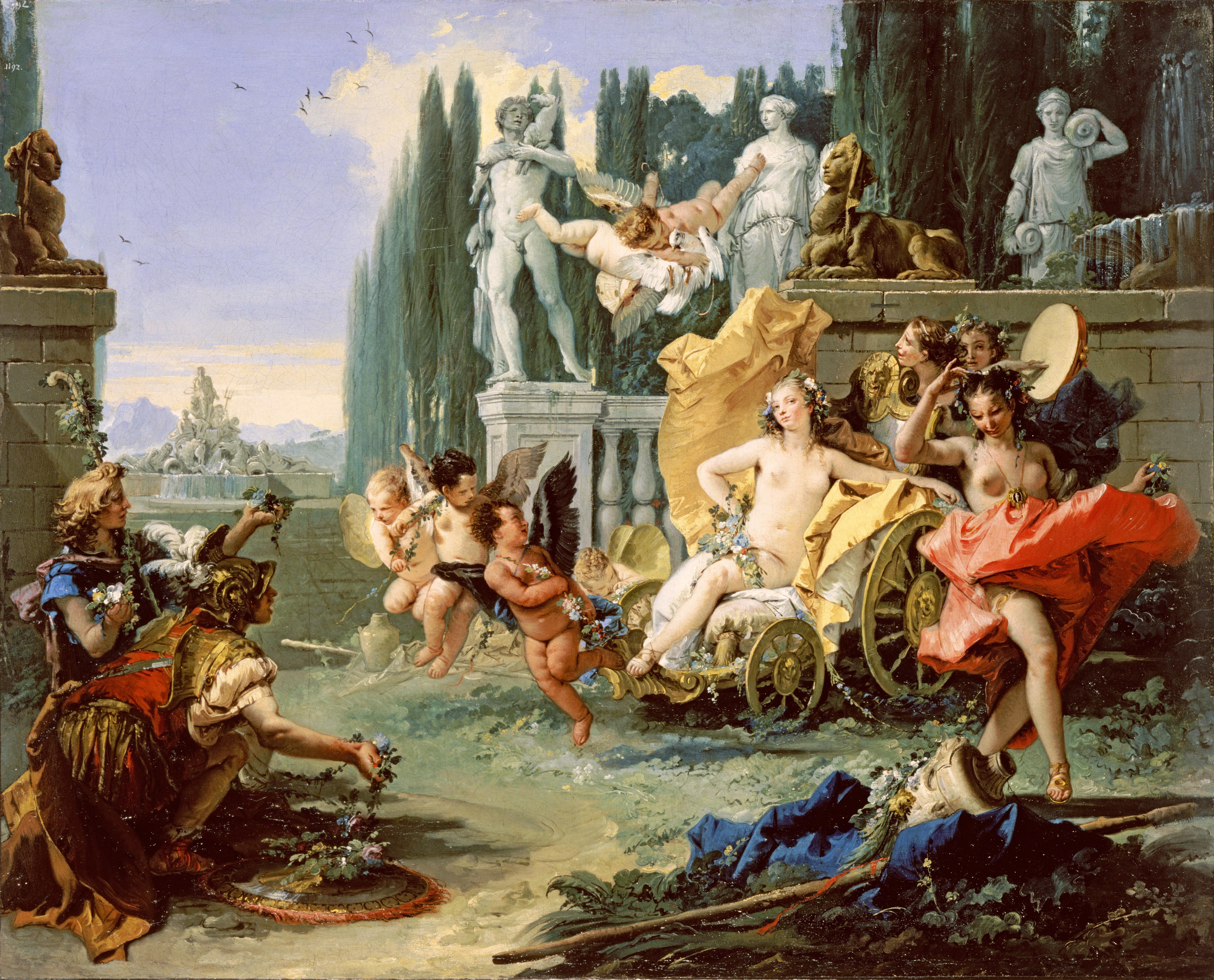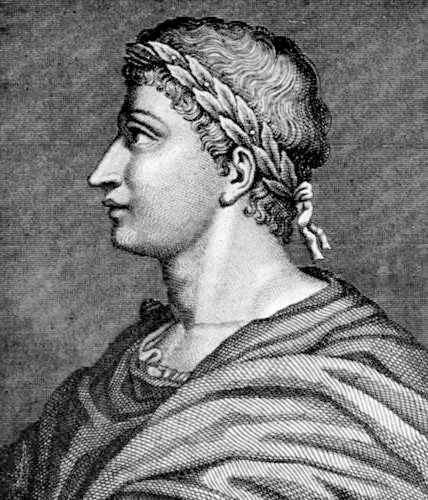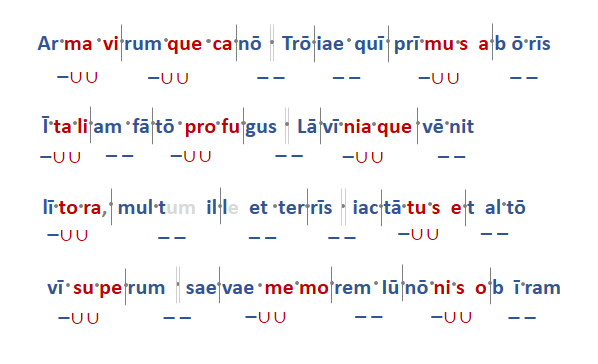|
Ovid
Pūblius Ovidius Nāsō (; 20 March 43 BC – 17/18 AD), known in English as Ovid ( ), was a Roman poet who lived during the reign of Augustus. He was a contemporary of the older Virgil and Horace, with whom he is often ranked as one of the three canonical poets of Latin literature. The Imperial scholar Quintilian considered him the last of the Latin love elegists.Quint. ''Inst.'' 10.1.93 Although Ovid enjoyed enormous popularity during his lifetime, the emperor Augustus banished him to Tomis, a Dacian province on the Black Sea, where he remained a decade until his death. Overview A contemporary of the older poets Virgil and Horace, Ovid was the first major Roman poet to begin his career during Augustus's reign. Collectively, they are considered the three canonical poets of Latin literature. The Imperial scholar Quintilian described Ovid as the last of the Latin love elegists.Quint. ''Inst.'' 10.1.93 He enjoyed enormous popularity during his lifetime, but the emperor Augustu ... [...More Info...] [...Related Items...] OR: [Wikipedia] [Google] [Baidu] |
Exile Of Ovid
Ovid, the Latin poet of the Roman Empire, was banished in 8 AD from Rome to Tomis (now Constanța, Romania) by decree of the emperor Augustus. The reasons for his banishment are uncertain. Ovid's exile is related by the poet himself, and also in brief references to the event by Pliny the Elder and Statius. At the time, Tomis was a remote town on the edge of the civilized world; it was loosely under the authority of the Kingdom of Thrace (a satellite state of Rome), and was superficially Hellenized. According to Ovid, none of its citizens spoke Latin, which as an educated Roman, he found trying. Ovid wrote that the cause of his exile was ''carmen et error'' ("a poem and an error"), probably the ''Ars Amatoria'' and a personal indiscretion or mistake. The council of the city of Rome revoked his exile in December 2017, some 2000 years after his banishment. Ovid was one of the most prolific poets of his time, and before being banished had already composed his most famous poems – ... [...More Info...] [...Related Items...] OR: [Wikipedia] [Google] [Baidu] |
Metamorphoses
The ''Metamorphoses'' ( la, Metamorphōsēs, from grc, μεταμορφώσεις: "Transformations") is a Latin narrative poem from 8 CE by the Roman poet Ovid. It is considered his ''magnum opus''. The poem chronicles the history of the world from its creation to the deification of Julius Caesar in a mythico-historical framework comprising over 250 myths, 15 books, and 11,995 lines. Although it meets some of the criteria for an epic, the poem defies simple genre classification because of its varying themes and tones. Ovid took inspiration from the genre of metamorphosis poetry and some of the ''Metamorphoses'' derives from earlier treatment of the same myths; however, he diverged significantly from all of his models. One of the most influential works in Western culture, the ''Metamorphoses'' has inspired such authors as Dante Alighieri, Giovanni Boccaccio, Geoffrey Chaucer, and William Shakespeare. Numerous episodes from the poem have been depicted in works of sculp ... [...More Info...] [...Related Items...] OR: [Wikipedia] [Google] [Baidu] |
Fasti (poem)
The ''Fasti'' ( la, Fāstī , "the Calendar"), sometimes translated as ''The Book of Days'' or ''On the Roman Calendar'', is a six-book Latin poem written by the Roman poet Ovid and published in AD 8. Ovid is believed to have left the ''Fasti'' incomplete when he was exiled to Tomis by the emperor Augustus in 8 AD. Written in elegiac couplets and drawing on conventions of Greek and Latin didactic poetry, the ''Fasti'' is structured as a series of eye-witness reports and interviews by the first-person '' vates'' ("poet-prophet" or "bard") with Roman deities, who explain the origins of Roman holidays and associated customs—often with multiple aetiologies. The poem is a significant, and in some cases unique, source of fact in studies of religion in ancient Rome; and the influential anthropologist and ritualist J.G. Frazer translated and annotated the work for the Loeb Classical Library series. Each book covers one month, January through June, of the Roman calendar, and was ... [...More Info...] [...Related Items...] OR: [Wikipedia] [Google] [Baidu] |
Ars Amatoria
The ''Ars amatoria'' ( en, The Art of Love) is an instructional elegy series in three books by the ancient Roman poet Ovid. It was written in 2 AD. Background Book one of ''Ars amatoria'' was written to show a man how to find a woman. In book two, Ovid shows how to keep her. The third book, written two years after the first books were published, gives women advice on how to win and keep the love of a man ("I have just armed the Greeks against the Amazons; now, Penthesilea, it remains for me to arm thee against the Greeks...").. Content The first two books, aimed at men, contain sections which cover such topics as 'not forgetting her birthday', 'letting her miss you - but not for long' and 'not asking about her age'. The third gives similar advice to women, sample themes include: 'making up, but in private', 'being wary of false lovers' and 'trying young and older lovers'. Although the book was finished around 2 AD, much of the advice he gives is applicable to any day and age. His ... [...More Info...] [...Related Items...] OR: [Wikipedia] [Google] [Baidu] |
Sulmona
Sulmona ( nap, label= Abruzzese, Sulmóne; la, Sulmo; grc, Σουλμῶν, Soulmôn) is a city and ''comune'' of the province of L'Aquila in Abruzzo, Italy. It is located in the Valle Peligna, a plain once occupied by a lake that disappeared in prehistoric times. In the ancient era, it was one of the most important cities of the Paeligni and is known for being the native town of the Roman poet Ovid, of whom there is a bronze statue, located on the town's main road and named after him. History Ancient era Sulmona was one of the principal cities of the Paeligni, an Italic tribe, but no notice of it is found in history before the Roman conquest. A tradition alluded to by Ovid and Silius Italicus, which ascribed its foundation to Solymus, a Phrygian and one of the companions of Aeneas, is evidently a mere etymological fiction. The first mention of Sulmo occurs in the Second Punic War, when its territory was ravaged by Hannibal in 211 BC, who, however, did not attack the city it ... [...More Info...] [...Related Items...] OR: [Wikipedia] [Google] [Baidu] |
Elegiac Couplet
The elegiac couplet is a poetic form used by Greek lyric poets for a variety of themes usually of smaller scale than the epic. Roman poets, particularly Catullus, Propertius, Tibullus, and Ovid, adopted the same form in Latin many years later. As with the English heroic couplet, each pair of lines usually makes sense on its own, while forming part of a larger work. Each couplet consists of a dactylic hexameter verse followed by a dactylic pentameter verse. The following is a graphic representation of its scansion: – uu , – uu , – uu , – uu , – uu , – x – uu , – uu , – , , – uu , – uu , – – is one long syllable, u one short syllable, uu is one long or two short syllables, and x is one long or one short syllable ( anceps). The form was felt by the ancients to contrast the rising action of the first verse with a falling quality in the second. The sentiment is summarized in a line from Ovid's ''Amores'' I.1.27 ''Sex mihi surgat o ... [...More Info...] [...Related Items...] OR: [Wikipedia] [Google] [Baidu] |
Dactylic Hexameter
Dactylic hexameter (also known as heroic hexameter and the meter of epic) is a form of meter or rhythmic scheme frequently used in Ancient Greek and Latin poetry. The scheme of the hexameter is usually as follows (writing – for a long syllable, u for a short, and u u for a position that may be a long or two shorts): :, – u u , – u u , – u u , – u u , – u u , – – Here, ", " (pipe symbol) marks the beginning of a foot in the line. Thus there are six feet, each of which is either a dactyl (– u u) or a spondee (– –). The first four feet can either be dactyls, spondees, or a mix. The fifth foot can also sometimes be a spondee, but this is rare, as it most often is a dactyl. The last foot is a spondee. The hexameter is traditionally associated with classical epic poetry in both Greek and Latin and was consequently considered to be ''the'' grand style of Western classical poetry. Some well known examples of its use are Homer's ''Iliad'' and ''Odyssey'', Apo ... [...More Info...] [...Related Items...] OR: [Wikipedia] [Google] [Baidu] |
Roman Empire
The Roman Empire ( la, Imperium Romanum ; grc-gre, Βασιλεία τῶν Ῥωμαίων, Basileía tôn Rhōmaíōn) was the post- Republican period of ancient Rome. As a polity, it included large territorial holdings around the Mediterranean Sea in Europe, North Africa, and Western Asia, and was ruled by emperors. From the accession of Caesar Augustus as the first Roman emperor to the military anarchy of the 3rd century, it was a Principate with Italia as the metropole of its provinces and the city of Rome as its sole capital. The Empire was later ruled by multiple emperors who shared control over the Western Roman Empire and the Eastern Roman Empire. The city of Rome remained the nominal capital of both parts until AD 476 when the imperial insignia were sent to Constantinople following the capture of the Western capital of Ravenna by the Germanic barbarians. The adoption of Christianity as the state church of the Roman Empire in AD 380 and the fall of the Western ... [...More Info...] [...Related Items...] OR: [Wikipedia] [Google] [Baidu] |
Constanța
Constanța (, ; ; rup, Custantsa; bg, Кюстенджа, Kyustendzha, or bg, Констанца, Konstantsa, label=none; el, Κωνστάντζα, Kōnstántza, or el, Κωνστάντια, Kōnstántia, label=none; tr, Köstence), historically known as Tomis ( grc, Τόμις), is the oldest continuously inhabited city in Romania, founded around 600 BC, and among the oldest in Europe. A port-city, it is located in the Northern Dobruja region of Romania, on the Black Sea coast. It is the capital of Constanța County and the largest city in the historical region of Dobrogea. Romania’s fifth largest city, it is also the largest port on the Black Sea. As of the 2011 census, Constanța has a population of 283,872. The Constanța metropolitan area includes 14 localities within of the city. It is one of the largest metropolitan areas in Romania. The Port of Constanța has an area of and a length of about . It is the largest port on the Black Sea, and one of the large ... [...More Info...] [...Related Items...] OR: [Wikipedia] [Google] [Baidu] |
Horace
Quintus Horatius Flaccus (; 8 December 65 – 27 November 8 BC), known in the English-speaking world as Horace (), was the leading Roman lyric poet during the time of Augustus (also known as Octavian). The rhetorician Quintilian regarded his '' Odes'' as just about the only Latin lyrics worth reading: "He can be lofty sometimes, yet he is also full of charm and grace, versatile in his figures, and felicitously daring in his choice of words."Quintilian 10.1.96. The only other lyrical poet Quintilian thought comparable with Horace was the now obscure poet/metrical theorist, Caesius Bassus (R. Tarrant, ''Ancient Receptions of Horace'', 280) Horace also crafted elegant hexameter verses ('' Satires'' and ''Epistles'') and caustic iambic poetry ('' Epodes''). The hexameters are amusing yet serious works, friendly in tone, leading the ancient satirist Persius to comment: "as his friend laughs, Horace slyly puts his finger on his every fault; once let in, he plays about the heartstrin ... [...More Info...] [...Related Items...] OR: [Wikipedia] [Google] [Baidu] |
Augustan Literature (ancient Rome)
Augustan literature refers to the pieces of Latin literature that were written during the reign of Caesar Augustus (27 BC–AD 14), the first Roman emperor. In literary histories of the first part of the 20th century and earlier, Augustan literature was regarded along with that of the Late Republic as constituting the Golden Age of Latin literature, a period of stylistic classicism.Fergus Millar, "Ovid and the Domus Augusta: Rome Seen from Tomoi," ''Journal of Roman Studies'' 83 (1993), p. 6. Most of the literature periodized as "Augustan" was in fact written by men— Vergil, Horace, Propertius, Livy—whose careers were established during the triumviral years, before Octavian assumed the title ''Augustus''. Strictly speaking, Ovid is the poet whose work is most thoroughly embedded in the Augustan regime. Impact and style Augustan literature produced the most widely read, influential, and enduring of Rome's poets. The Republican poets Catullus and Lucretius are their i ... [...More Info...] [...Related Items...] OR: [Wikipedia] [Google] [Baidu] |
Latin Literature
Latin literature includes the essays, histories, poems, plays, and other writings written in the Latin language. The beginning of formal Latin literature dates to 240 BC, when the first stage play in Latin was performed in Rome. Latin literature would flourish for the next six centuries. The classical era of Latin literature can be roughly divided into the following periods: Early Latin literature, The Golden Age, The Imperial Period and Late Antiquity. Latin was the language of the ancient Romans, but it was also the '' lingua franca'' of Western and Central Europe throughout the Middle Ages, so Latin literature includes not only Roman authors like Cicero, Virgil, Ovid and Horace, but also includes European writers after the fall of the Empire, from religious writers like Aquinas (1225–1274), to secular writers like Francis Bacon (1561–1626), Baruch Spinoza (1632–1677), and Isaac Newton (1642–1727). History Early Latin literature Although literature in Latin ... [...More Info...] [...Related Items...] OR: [Wikipedia] [Google] [Baidu] |

.jpg)








